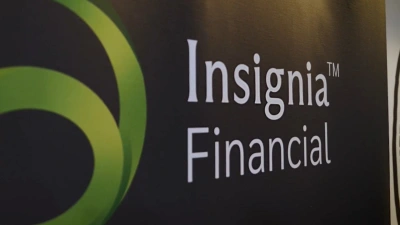NAB launches margins loans for SMSFs


In a bid to boost demand for its margin lending services, National Australian Bank (NAB) will launch a margin loan product for self-managed super fund investors (SMSF) next month.
NAB head of margin lending Adrian Hanley admitted that the demand for NAB's margin lending had slowed with increasing volatility.
However, NAB had noticed a demand for leverage among SMSF investors and is building a margin lending product to capture that need, Hanley said.
NAB is structuring the product to work in the lower tax environment that is more suited to SMSF investors, according to Hanley.
A negatively geared portfolio works well in a high tax environment, so NAB has to work to reverse that relationship in their product, he said.
"Clients in SMSFs will take a lesser degree of risk so they can positively gear the portfolios which will ultimately benefit them in a lower tax environment," he said.
Investors also want to move existing leverage into a different tax structure, he added.
The launch comes amid a sustained drop of consumer interest in margin loans across the industry as a result of the depressed share market.
"Across the industry, margin lending volumes have drifted downwards as market headwinds lift over the last few months," Hanley said.
Managing director of Matrix Planning Solutions, Rick Di Cristoforo said their margin lending was declining for some time, even before the market volatility.
There isn't a huge amount of interest in margin lending at the moment, he said.
"There are better ways for many people to access debt," Di Cristoforo said.
"Until the markets really turn around, it's going to be a bit of a struggle for margin lending," he added.
Recommended for you
A financial advice firm has been penalised $11 million in the Federal Court for providing ‘cookie cutter advice’ to its clients and breaching conflicted remuneration rules.
Insignia Financial has experienced total quarterly net outflows of $1.8 billion as a result of client rebalancing, while its multi-asset flows halved from the prior quarter.
Prime Financial is looking to shed its “sleeping giant” reputation with larger M&A transactions going forward, having agreed to acquire research firm Lincoln Indicators.
An affiliate of Pinnacle Investment Management has expanded its reach with a London office as the fund manager seeks to grow its overseas distribution into the UK and Europe.














